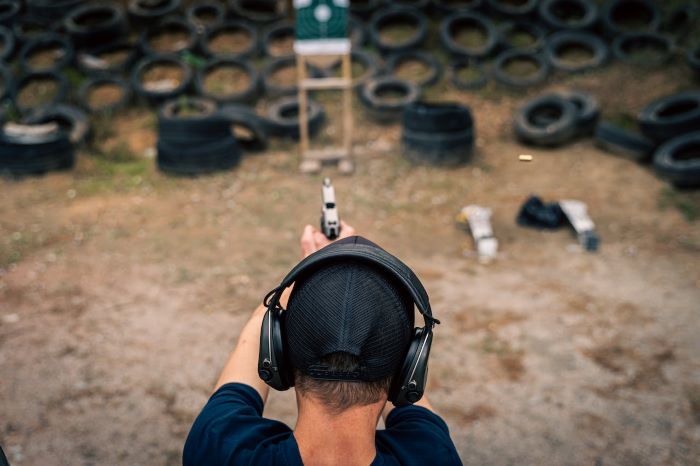In the world of tactical and everyday carry gear, the effectiveness of a holster is paramount. Not only does it ensure the safety and accessibility of the equipment, but it also contributes to the comfort and efficiency of the user. The design and material of gear holsters play a critical role in their functionality. Here we will discuss about the factors that impact the effectiveness of gear holsters, considering aspects such as durability, comfort, accessibility, and overall performance.
Material Matters
The choice of material in the construction of gear holsters is crucial. Traditional materials like leather have been popular for their durability and aesthetic appeal. Leather holsters conform to the shape of the gear over time, offering a custom fit. However, they require maintenance and can be susceptible to weather conditions.
In contrast, modern holsters often utilize synthetic materials like Kydex and nylon. Kydex, a type of thermoplastic, is renowned for its durability, resistance to elements, and low maintenance. It retains its shape and provides a consistent draw, but lacks the flexibility and comfort of leather. Nylon, being lightweight and versatile, offers comfort and is easier to maintain than leather. However, it may not provide the same level of protection and firmness as Kydex.
Design Dynamics
The design of a gear holster is as important as the material. A well-designed holster should provide easy access and secure retention of the gear. It should fit the gear snugly, preventing any unwanted movement, yet allow for quick and effortless retrieval.
The traditional pancake design, where the holster sits flat against the body, is preferred for its comfort and concealability. However, modern designs like the IWB (Inside the Waistband) and OWB (Outside the Waistband) provide more options for accessibility and comfort. Tactical holsters with retention systems, such as those from Alien Gear Holsters, offer additional security for the gear, crucial in high-risk environments.
Customization and Adaptability
The effectiveness of a holster is also determined by its ability to be customized and adapted to different situations. Adjustable retention, cant (angle), and ride height are features that enhance the versatility of a holster. These adjustments allow the user to tailor the holster to their specific needs and preferences, whether for concealed carry, tactical use, or competitive shooting.
Comfort and Ergonomics
Comfort is a key factor in the effectiveness of a holster. A holster that causes discomfort can distract the user and hinder their performance. The material and design should work together to distribute the weight of the gear evenly, minimize pressure points, and prevent chafing. Ergonomic designs that complement the body’s contours enhance comfort, especially when the gear is carried for extended periods.
Conclusion:
The effectiveness of gear holsters is significantly influenced by their material and design. While materials like leather, Kydex, and nylon offer different benefits, the choice depends on the user’s needs for durability, maintenance, and weather resistance. The design must ensure secure retention, easy access, and comfort, with features that allow for customization and adaptability. Ultimately, the right combination of material and design in a gear holster enhances the user’s performance, ensuring that their equipment is safe, accessible, and comfortable to carry. As technology advances, we can expect even more innovative materials and designs to emerge, further revolutionizing the functionality of gear holsters.





